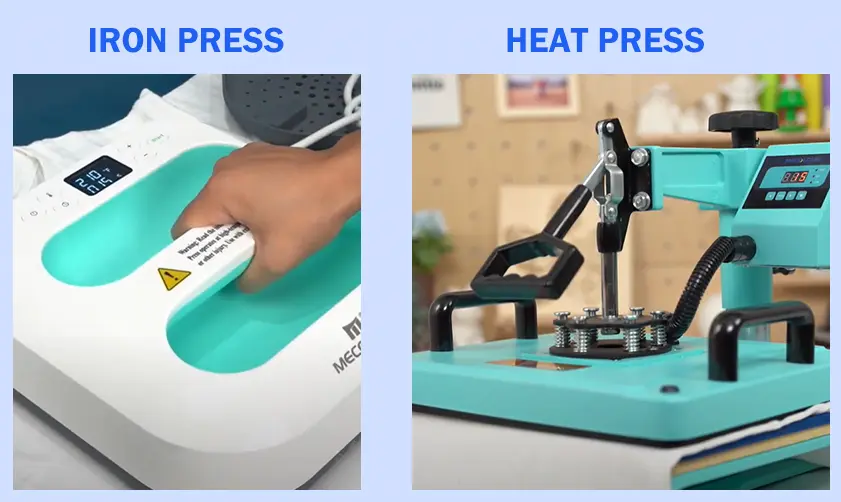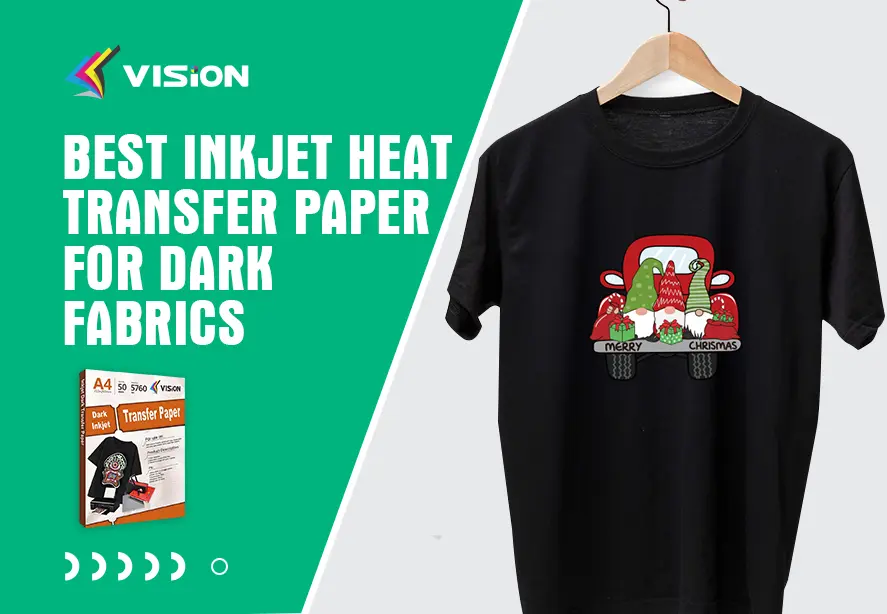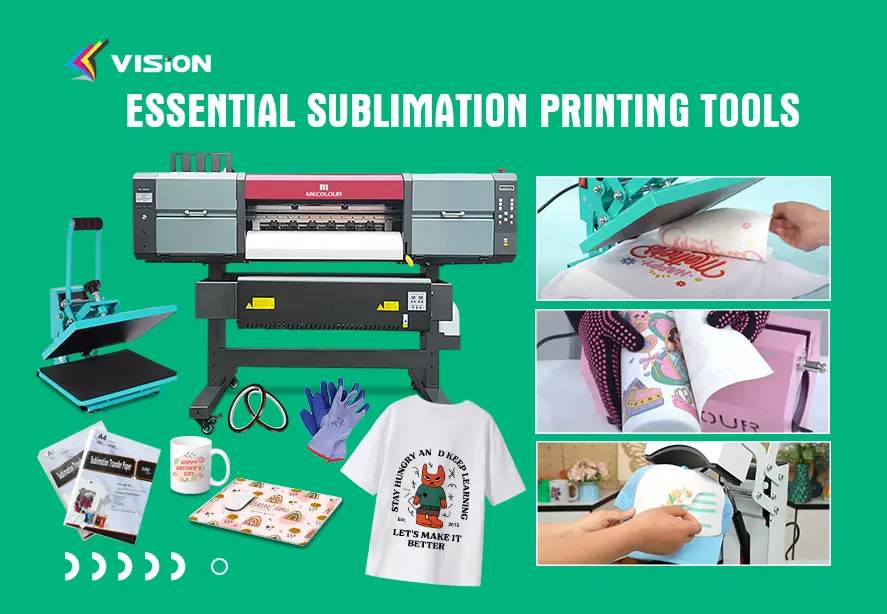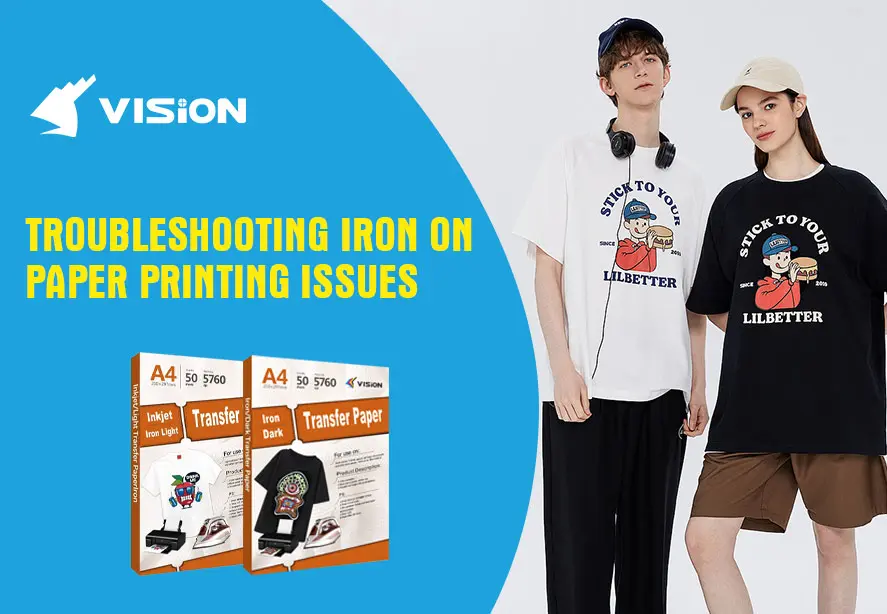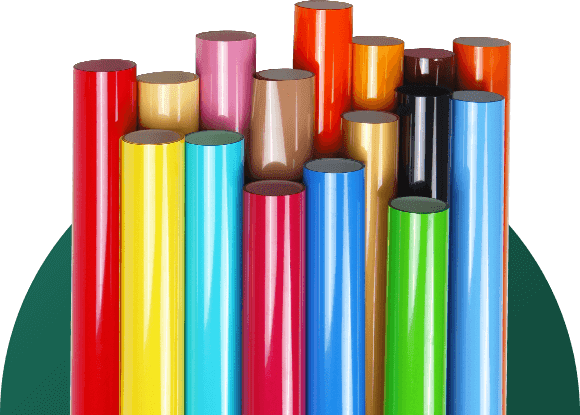
Blog
Is Iron On Paper Safe to Use on Clothing?
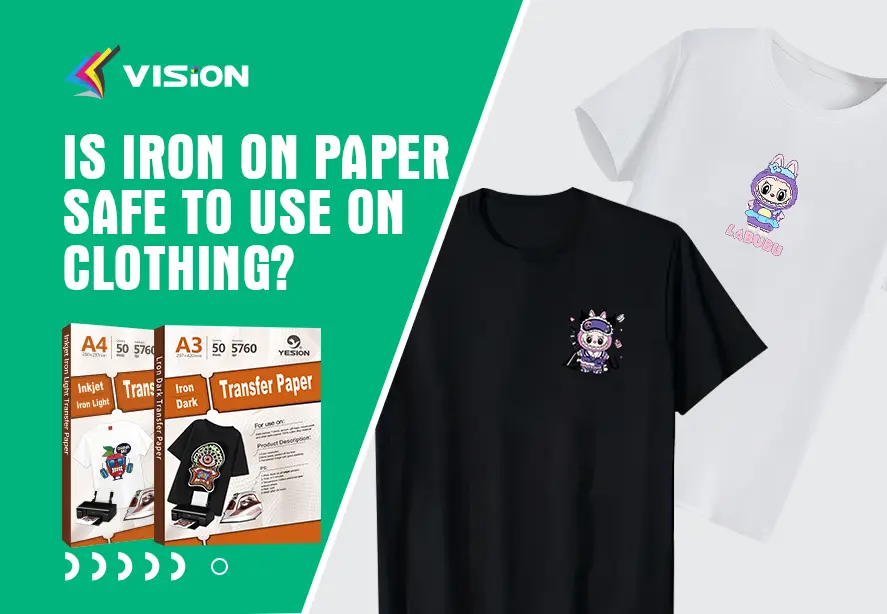
Iron on paper—also known as heat transfer paper—has become a popular tool for customizing T-shirts, tote bags, aprons, and various other fabric items. It offers DIY creators, small business owners, and hobbyists a fast and affordable way to bring their designs to life. But with growing usage comes a common question: Is iron on paper safe to use on clothing?
In this comprehensive guide, we’ll explore the safety, effectiveness, and best practices for using iron on paper, so you can confidently personalize garments without damaging your clothing—or your health.
What Is Iron On Paper?
Iron on paper is a specially coated transfer paper designed to carry printed images or text that can be transferred onto fabric using heat. It typically works with:
- Inkjet or Laser printers (depending on the paper type)
- A home iron or a professional heat press
- Cotton, polyester, or poly-blend fabrics
There are two main types:
- Light fabric transfer paper for white or light-colored garments.
- Dark fabric transfer paper for black or darker-colored clothing.

iron press and heat press
Is Iron On Paper Safe for Clothing?
Yes—when used correctly, iron on paper is completely safe for clothing.
Here’s why:
- Non-toxic coatings: Most reputable heat transfer papers are made with non-toxic, skin-safe materials that do not pose risks when applied to garments.
- Low heat requirements: Iron on transfers typically require heat levels of 300–375°F, which is safe for most cotton or polyester fabrics when done properly.
- No chemical residue: Once transferred, the inks and adhesives on iron on paper are stable and do not leave harmful residues.
Safety Factors to Consider:
Use Fabric-Specific Paper
Always choose the correct type of transfer paper for the fabric you are using. Using light transfer paper on dark fabrics (or vice versa) can result in poor adhesion or damage.
Follow Temperature Guidelines
Excessive heat or too much pressure can scorch fabrics, especially delicate ones like rayon or nylon. Always follow the recommended settings.
Choose Quality Brands
Low-quality or counterfeit transfer papers may contain inferior adhesives or dyes that can fade, crack, or peel—posing safety risks through wear and washing.
Washable and Breathable Results
Good iron on papers will allow the fabric to remain breathable and washable without releasing any chemicals into the skin or environment.
How to Use Iron On Paper Safely
Step-by-Step Process:
Choose the Right Paper
Select light or dark transfer paper depending on the color of your fabric.
Print Your Design
Use a compatible printer—typically an inkjet for most iron on papers. Mirror the image if needed (especially for light transfer paper).
Preheat Your Iron or Heat Press
Use the temperature specified by the manufacturer (usually around 350°F).
Place the Transfer on the Fabric
For light paper: design side down.
For dark paper: design side up with a protective sheet on top.
Apply Firm, Even Pressure
Iron for 30–60 seconds or press for 10–15 seconds with a heat press.
Peel Backing Carefully
Some papers require hot peeling, others cold peeling—check instructions.
Wait Before Washing
Let the fabric rest for 24 hours before the first wash for maximum adhesion.
What Fabrics Are Safe for Iron On Transfers?
Iron on paper works best with:
- 100% Cotton
- Cotton/Polyester Blends
- Lightweight Canvas or Denim
Avoid fabrics that:
- Melt under heat (like acetate or acrylic)
- Have water-repellent coatings
- Are highly elastic or textured
Will Iron On Transfers Last Through Washing?
Yes—but only if:
- You use high-quality transfer paper
- You apply it with correct heat and pressure
- You follow proper washing instructions
Tips for Longevity:
- Turn garment inside-out before washing
- Use cold water and mild detergent
- Avoid bleach or fabric softeners
- Hang dry or tumble dry low
Are Iron On Transfers Safe for Kids’ Clothing?
Absolutely. Iron on paper is a popular choice for:
- Custom baby onesies
- School uniforms
- Birthday outfits
- Family matching shirts
Make sure to:
- Use certified non-toxic transfer paper
- Ensure there are no sharp or rough edges after pressing
- Avoid applying on sensitive skin areas, like underarms or necklines, especially for babies

inkjet dark iron on transfer paper
Common Problems and How to Avoid Them
| Problem | Cause | Solution |
| Transfer Peels After Wash | Insufficient heat or pressure | Repress with parchment paper |
| Print Looks Dull | Wrong paper for fabric type | Use light paper for white/light shirts |
| Fabric Scorched | Heat too high or pressed too long | Reduce temperature and time |
| Image Cracks After Use | Low-quality paper or improper washing | Use premium paper and follow care guide |
Best Practices for Safe Use
Test on Scrap Fabric First
Practice your technique to prevent ruining garments.
Use Heat Press for Professional Results
While a home iron works, a heat press ensures consistent pressure and temperature.
Store Paper in Cool, Dry Place
Exposure to humidity or heat may affect paper quality before use.
Use Protective Sheets
Use parchment or Teflon sheets to avoid scorching or melting.
Conclusion: Is Iron On Paper Safe?
Yes, iron on paper is safe and reliable for customizing clothing when used properly. It offers a creative, affordable, and fun way to personalize apparel for all ages. Whether you’re crafting at home or producing custom orders for a small business, understanding the right techniques and materials ensures your iron on projects are not only eye-catching but also safe and durable.
Explore high-quality transfer paper options and start your custom printing journey today!
Related:
The 4 Types of Inkjet Transfer Paper for Heat Press
The Ultimate Guide to Choosing Transfer Paper
10 Tips for Using Iron On Paper Like a Pro
Troubleshooting Iron On Paper Printing Issues
Heat Press vs. Iron on T-Shirt Transfer Paper?


